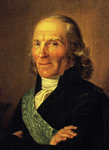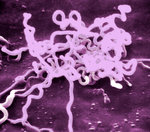However, just like the Dutch merchants, Thunberg was hardly allowed to leave the Dejima. These severe restrictions to the freedom to move had been imposed by the Japanese shogun Tokugawa Ieyasu in 1639. You see the Portuguese, who had been the first to arrive in Japan in 1543, had garnered the shogun's rage through their missionary attempts. So the only locals who were allowed regular contact with the Dutch were the interpreters of Nagasaki and the relevant authorities of the city. Poor Carl, who only wanted to collect some dang plants, was caught in the middle. But like any good merchan, Carl started to cut deals - he traded his knowledge of western medicine to plants samples from the mainland.





